The new normal of 'weather whiplash'
Large regions in the U.S. and abroad are getting doubly hammered, as devastating floods follow historic droughts.
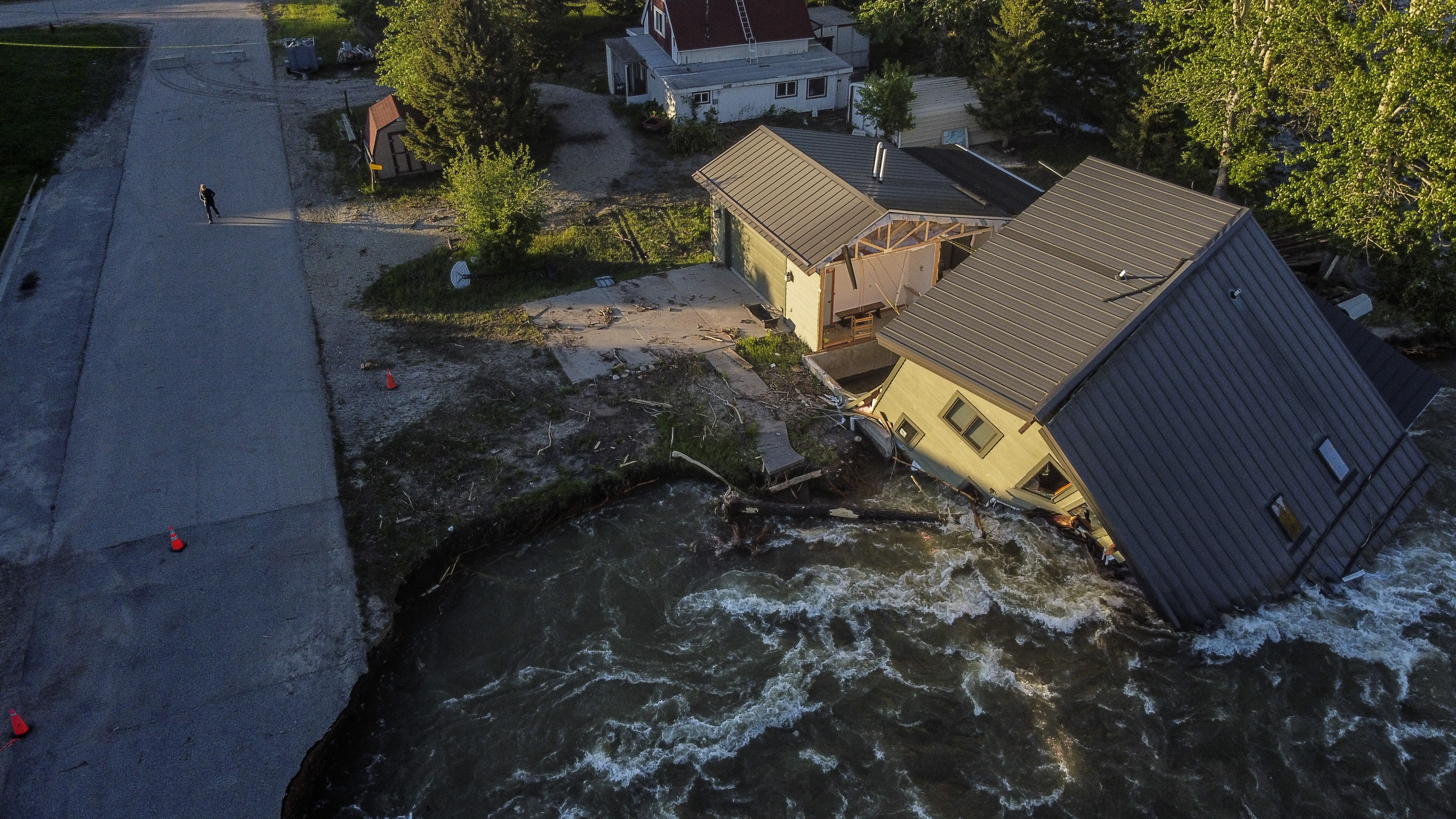
Large regions in the U.S. and abroad are getting doubly hammered, as devastating floods follow historic droughts. Here's everything you need to know:
What is 'weather whiplash'?
It's the paradoxical phenomenon that occurs when areas experiencing wilting drought are also hit with torrential flooding. And it's on the rise. The U.S. has baked under record heat waves and crippling drought this summer, with roughly half the country experiencing at least moderate drought and huge swaths of the West, Midwest, and Texas under severe drought conditions. But the summer also brought five "1,000-year" floods — defined as deluges so extreme they have only a 0.1 percent chance of happening in any given year. Four of those were in areas experiencing drought. The flash flooding that hit Dallas last month, for instance, is a case study in weather whiplash. With dozens of days that sizzled over 100 degrees and 67 straight days with no rainfall, Dallas County — like 27 percent of Texas — was suffering "exceptional" drought, the U.S. Drought Monitor's most acute category. Then came a biblical storm that pounded parts of the city with more than a foot of rain in a 12-hour stretch. Neighborhoods and roadways were swamped, police cars were swept away, and hundreds of people had to be rescued. The whole thing cost up to $6 billion in damages and lost economic output.
Where else did this phenomenon strike?
St. Louis broke its record for single-day rainfall in late July with a 9-inch downpour that trapped people in their homes and stranded drivers on washed-out streets. The next day, Kentucky was hit with torrential rains that ultimately killed more than three dozen people and displaced thousands. Those disasters caused over $1 billion in damage — a catastrophe that could take years to recover from. In Arizona, Nevada, and New Mexico — in the midst of the worst megadrought in 1,200 years — late-August monsoon rains brought flash floods that closed highways, cut off power, and submerged the Las Vegas Strip. Even Death Valley, California, the driest spot in America, saw nearly a year's worth of rainfall in several hours in August, stranding hundreds, blowing out a water main, and damaging hundreds of miles of road. Such rapid weather swings are now "more violent and disruptive," said Jennifer Francis, a scientist at the Woodwell Climate Research Center in Massachusetts. It's "yet another clear signal that the climate crisis is with us now." If the planet continues warming, the swings will become more common.
The Week
Escape your echo chamber. Get the facts behind the news, plus analysis from multiple perspectives.

Sign up for The Week's Free Newsletters
From our morning news briefing to a weekly Good News Newsletter, get the best of The Week delivered directly to your inbox.
From our morning news briefing to a weekly Good News Newsletter, get the best of The Week delivered directly to your inbox.
Why is it happening?
The same culprit lies behind both the droughts and the deluges: rising global temperatures. As the air warms, it can hold more water vapor: about 4 percent more for every degree Fahrenheit. Warmer air takes longer to get saturated and then has more water to unleash when it does. An analysis of 150 locations by the group Climate Central found that 90 percent get harder rainfalls now than in 1970. And by sucking more humidity out of the ground, warmer air not only worsens drought but also sets the stage for worse flooding. That's because hard, dry ground is less able to absorb water, which leads to excessive runoff. Drought and associated wildfires also kill trees and plants, further reducing the soil's ability to hold water. Because the rain doesn't sink in, it doesn't relieve the underlying drought, and the vicious cycle continues.
How is the rest of the world affected?
China's southwestern Sichuan province saw an unprecedented heat wave that dried up rivers and reservoirs, shut down hydroelectric plants, and led to the rationing of drinking water. The whiplash came in August, when massive flooding forced some 120,000 people to evacuate. Western Europe, too, has been afflicted by both a historic drought, which dried up rivers and exposed sunken WWII ships, and torrential rains, which caused deadly floods across England, France, Germany, and Belgium. And all those disasters have been dwarfed by the catastrophe in Pakistan, where an epic heat wave of temperatures above 120 degrees was followed by monsoon rains that displaced millions, killed at least 1,300, wiped out crops, and submerged more than a third of the country. "Wild swings between extreme precipitation and extreme aridity — this is how most people and most ecosystems on Earth are experiencing climate change," said UCLA climate scientist Daniel Swain.
Can this cycle be stopped?
No. Even if humans succeed in slashing carbon emissions, climate scientists agree, the near-term changes are baked in. The U.N. Intergovernmental Panel on Climate Change's 2022 report said with "high confidence" that the duo of drought and "extreme precipitation events" will intensify in coming years. To cope, countries must invest in early-warning systems, upgrade infrastructure to withstand water, and build new developments with floods in mind. "The infrastructure we have is really built for a climate we are not living in anymore," Andreas Prein of the National Center for Atmospheric Research told The Washington Post. "These kinds of events are our new normal."
California's coming megaflood
As bad as this summer's "1,000-year" floods were, they'll look like spray from a garden hose compared with the megaflood expected to hit California in the coming decades. That was the warning issued last month in a report by UCLA climate scientists, who say warming has worsened the risk of a monster storm that would funnel water from the Pacific Ocean and dump as much as 100 inches on some parts of the state. This beast of a storm could displace up to 10 million people, submerge entire cities, and turn central California into a "vast inland sea," the report said, and the damage from it could hit $1 trillion. There's a precedent: Such a superstorm hit in 1862, bringing 30 consecutive days of rain and unleashing massive floods across the state. But the state's population then was under half a million, while it's now nearly 40 million. The odds of such a storm happening in any given year have risen to 1 in 50, estimate the authors — and they'll continue to rise as the planet warms. The disaster will come, said co-author Daniel Swain. "It's a question of when rather than if."
A free daily email with the biggest news stories of the day – and the best features from TheWeek.com
This article was first published in the latest issue of The Week magazine. If you want to read more like it, you can try six risk-free issues of the magazine here.
-
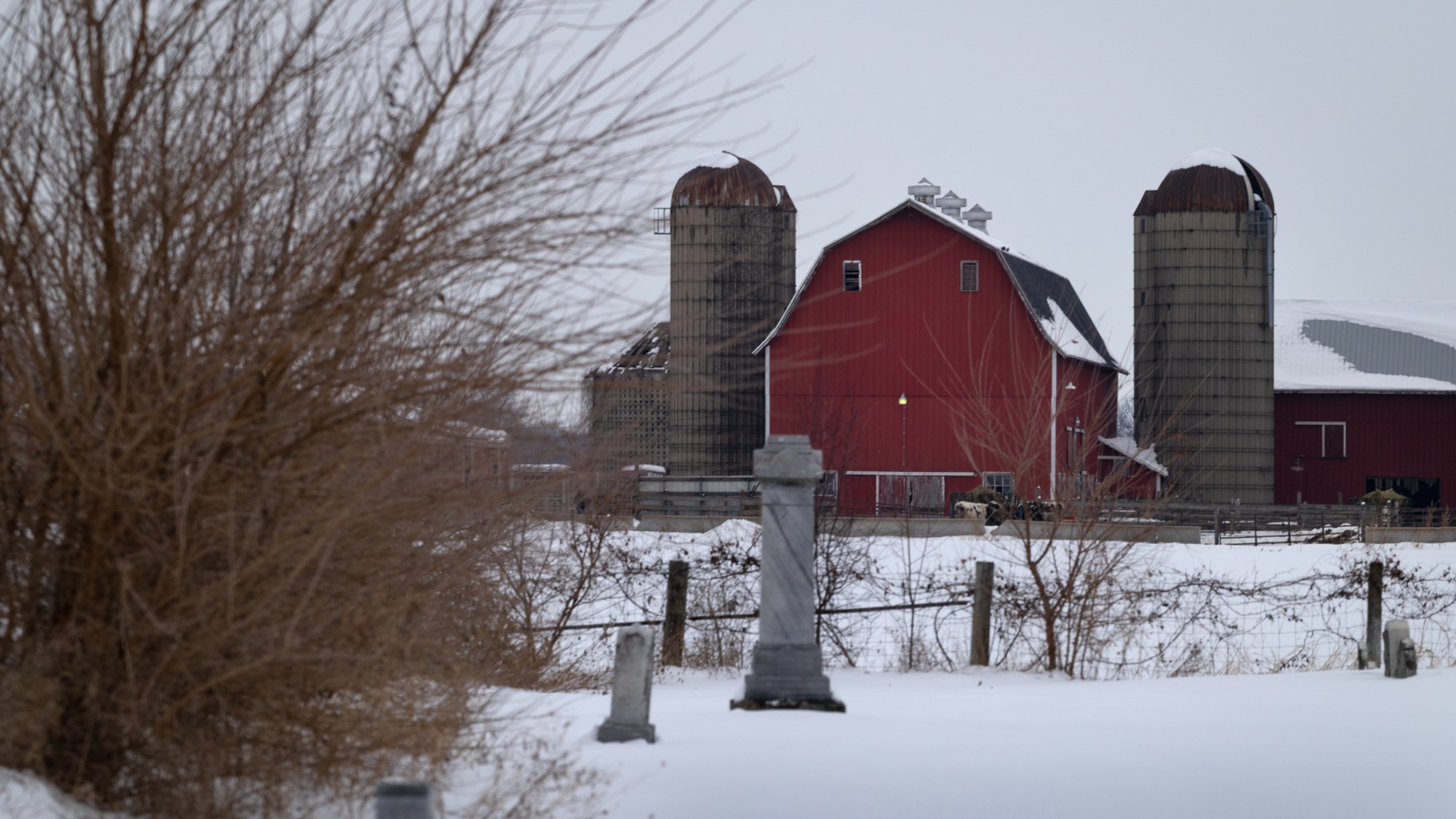 Will Trump’s $12 billion bailout solve the farm crisis?
Will Trump’s $12 billion bailout solve the farm crisis?Today’s Big Question Agriculture sector says it wants trade, not aid
-
 ‘City leaders must recognize its residents as part of its lifeblood’
‘City leaders must recognize its residents as part of its lifeblood’Instant Opinion Opinion, comment and editorials of the day
-
 10 upcoming albums to stream during the winter chill
10 upcoming albums to stream during the winter chillThe Week Recommends As the calendar turns to 2026, check out some new music from your favorite artists
-
 Death toll from Southeast Asia storms tops 1,000
Death toll from Southeast Asia storms tops 1,000speed read Catastrophic floods and landslides have struck Sri Lanka, Indonesia, Thailand and Malaysia
-
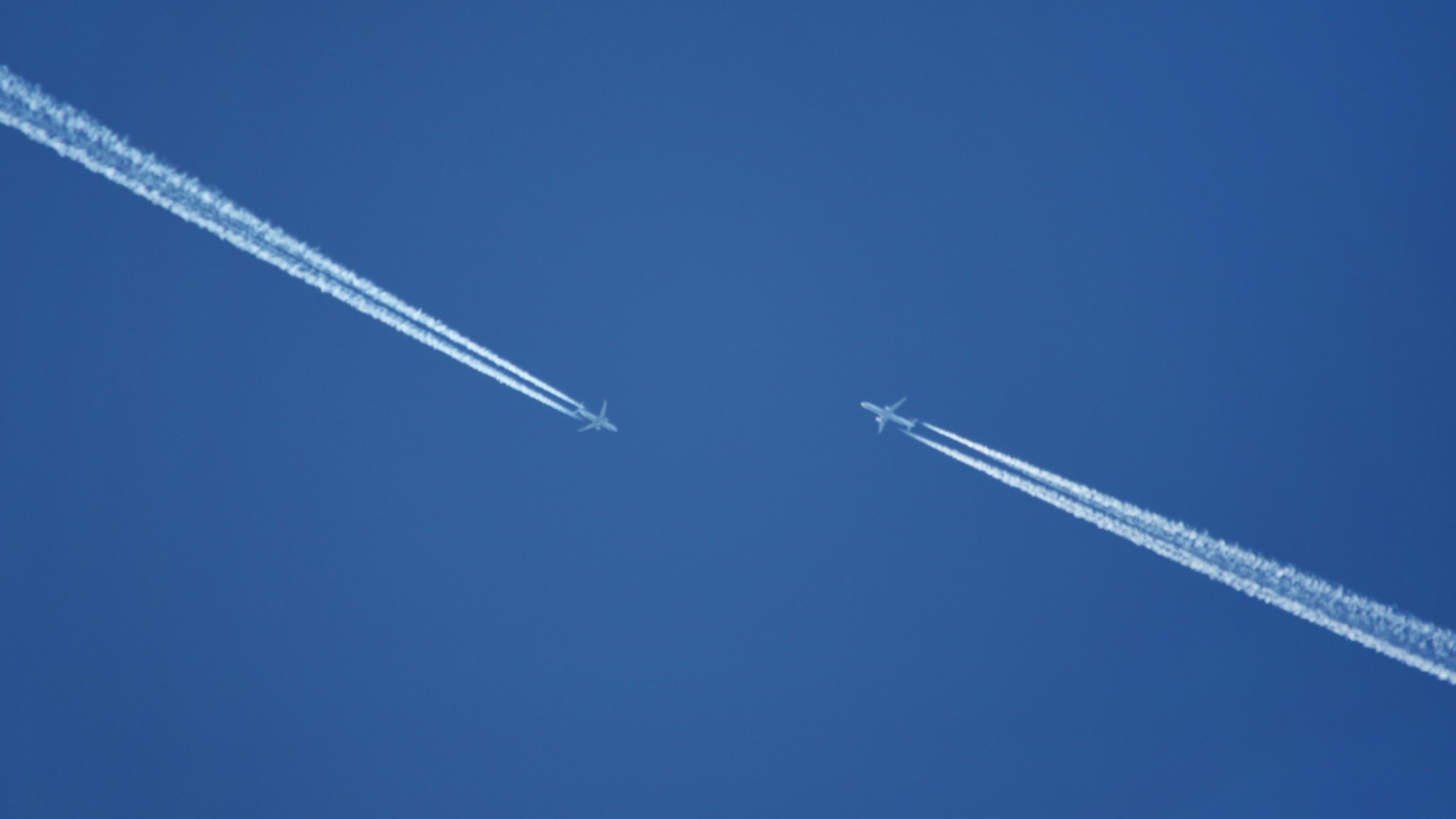 Can for-profit geoengineering put a pause on climate change?
Can for-profit geoengineering put a pause on climate change?In the Spotlight Stardust Solutions wants to dim the sun. Scientists are worried.
-
 How will climate change affect the UK?
How will climate change affect the UK?The Explainer Met Office projections show the UK getting substantially warmer and wetter – with more extreme weather events
-
 Can the UK do more on climate change?
Can the UK do more on climate change?Today's Big Question Labour has shown leadership in the face of fraying international consensus, but must show the public their green mission is ‘a net benefit, not a net cost’
-
 Did Cop30 fulfil its promise to Indigenous Brazilians?
Did Cop30 fulfil its promise to Indigenous Brazilians?Today’s Big Question Brazilian president approves 10 new protected territories, following ‘unprecedented’ Indigenous presence at conference, both as delegates and protesters
-
 Can the world adapt to climate change?
Can the world adapt to climate change?Today's Big Question As the world gets hotter, COP30 leaders consider resilience efforts
-
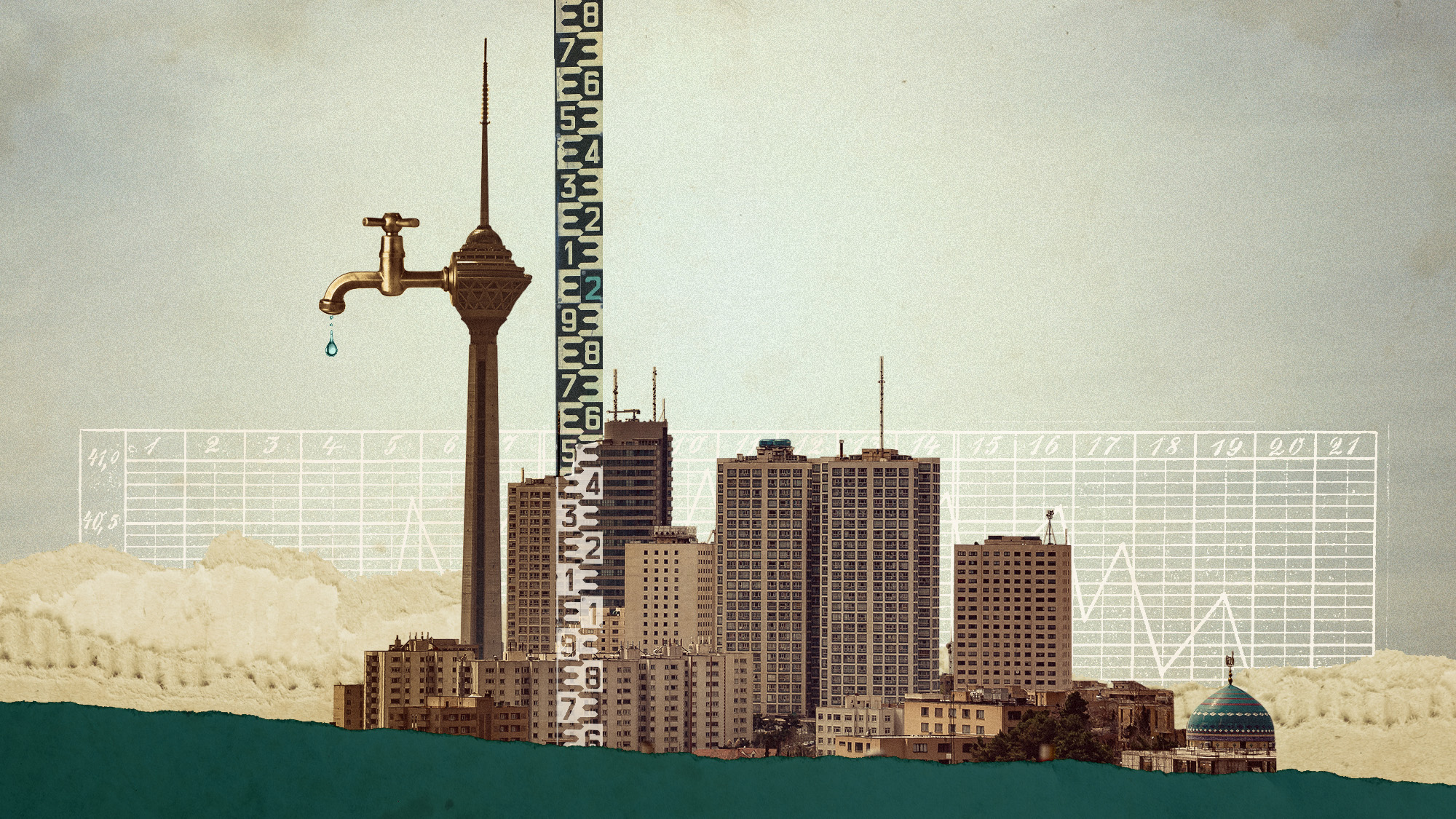 Taps could run dry in drought-stricken Tehran
Taps could run dry in drought-stricken TehranUnder the Radar President warns that unless rationing eases water crisis, citizens may have to evacuate the capital
-
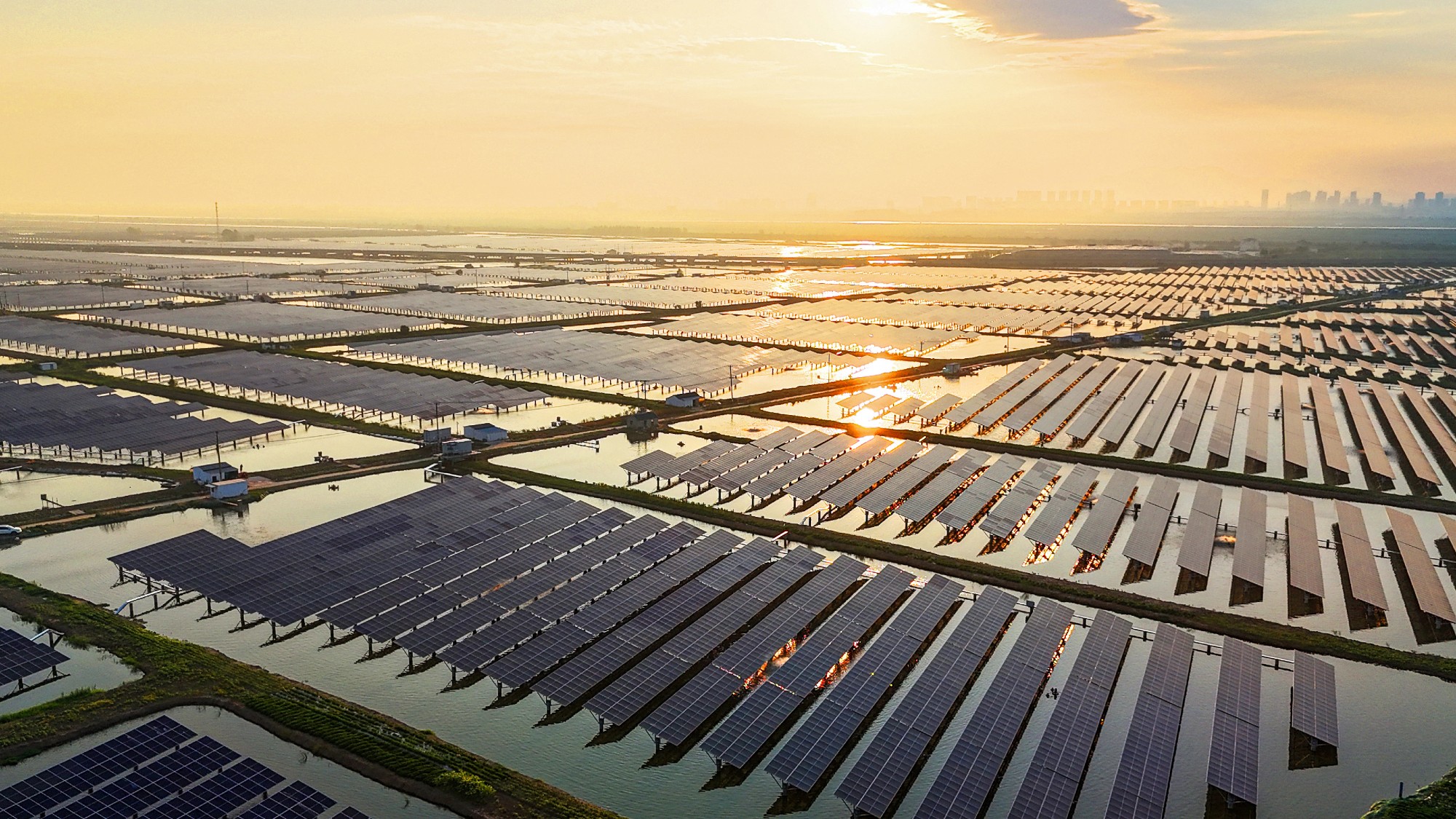 The future of the Paris Agreement
The future of the Paris AgreementThe Explainer UN secretary general warns it is ‘inevitable’ the world will overshoot 1.5C target, but there is still time to change course